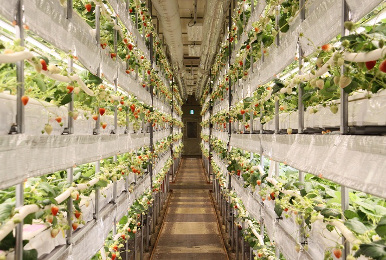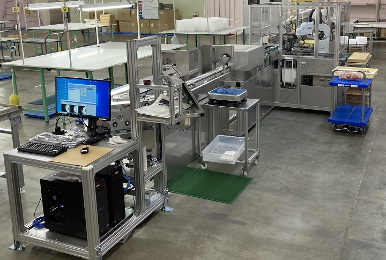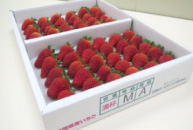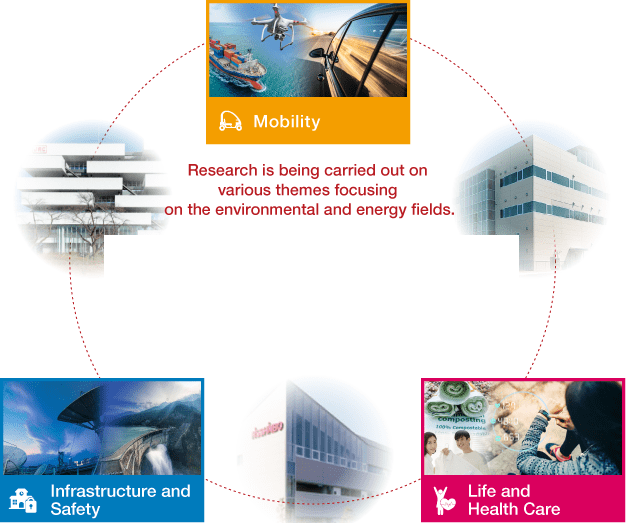R&D Activities
The Center undertakes development from a variety of perspectives of products and technologies that will contribute to the creation of a sustainable society.
By integrating our wide-ranging proprietary technologies, the Nisshinbo Group is tackling the development of various technologies and products in our three strategic business domains to contribute toward the building of a sustainable society. The Business Development Division is addressing various themes in line with the four axes of hydrogen solutions, mobility solutions, medical and health solutions, and social infrastructure solutions.
Carbon Alloy Catalysts
Contributing to a hydrogen society through carbon alloy catalysts
Because its use generates zero CO2 (greenhouse gas) emissions and it can be used for many purposes including power generation and fuel replacement, hydrogen is currently attracting attention as a clean energy source. Fuel cells, which extract electrical energy using hydrogen as fuel, feature high power generating efficiency and are expected to become the next-generation environment-friendly energy source. The major challenges to full-scale diffusion of fuel cells are the need to achieve higher power density, improved durability performance, and lower costs.
High-performance catalysts are the key to addressing these challenges. We develop carbon alloy catalysts*, which are mainly made of carbon, a material produced in an industrially stable manner, and without the use of costly platinum. Some of our research topics on carbon alloy catalysts, tackled jointly with Gunma University and Chiba University, have been taken up by the New Energy and Industrial Technology Development Organization (NEDO)—specifically, in the form of “Common problem-solving industry-academia-government collaborative research and development project for the dramatic expansion of the use of fuel cells, etc.” .
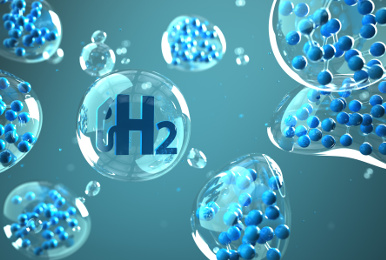
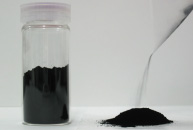
*Carbon alloy catalysts: Carbon materials designed to express a catalytic function based on the concept of carbon alloys
Carbon alloys: Multicomponent materials consisting mainly of aggregates of carbon atoms in which physical and chemical interactions occur among structural units
Carbons having different hybrid orbitals are considered different components.
(Source: The Carbon Society of Japan, New Carbon Dictionary)
Gas Sensors
Safer and More Reliable Fuel-Cell Vehicles with New-Style Gas Sensors
Hydrogen gas sensors that can quickly detect any emergency gas leaks are indispensable for supporting the safety and reliability of a hydrogen-powered society. At present sensors that detect hydrogen by chemical reaction are the mainstream, but poor durability due to catalyst deterioration is a problem.
Nisshinbo is developing a new style of gas sensor for installing in fuel-cell vehicles that does not use a catalyst.
Moreover, this new type of sensor can be used to detect not only hydrogen gas but also helium gas. Recently we have begun trial sales of MoLeTELL® for use in leak tests using helium gas. This detector enables the easy identification of leakage spots in automobile parts and electric equipment using helium gas, as well as piping in factories and laboratories.
In the future we are scheduled to increase the range of targeted gases to include, for example, vaporized gasoline and sulfur hexafluoride (SF6) and expand our product lineup.

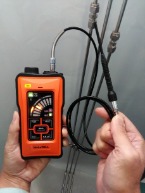
Plant Factories
Stable year-round supply of safe, delicious strawberries
In the face of increasing worldwide population and frequency of extreme weather events, securing safe and reliable food supplies remains a pressing issue for humanity. In response, the Nisshinbo Group is developing smart plant factories based on various technologies. These include fully enclosed environmental controls using environmental sensor networks sorting and packing work using image recognition AI and robots to reduce labor requirements, and utilization of cultivation and inspection data.
In addition, by developing technologies that ensure stable plant cultivation, we’ve succeeded in cultivating strawberries year-round, unaffected by temperature or weather, for the first time in Japan.
We’re committed to contributing to sustainable agriculture by delivering smart cultivation equipment bundled with cultivation expertise.
Strawberries grown in our demonstration facilities are sold to buyers in the confectionery and other industries under the APOLLOBERRY® brand.
